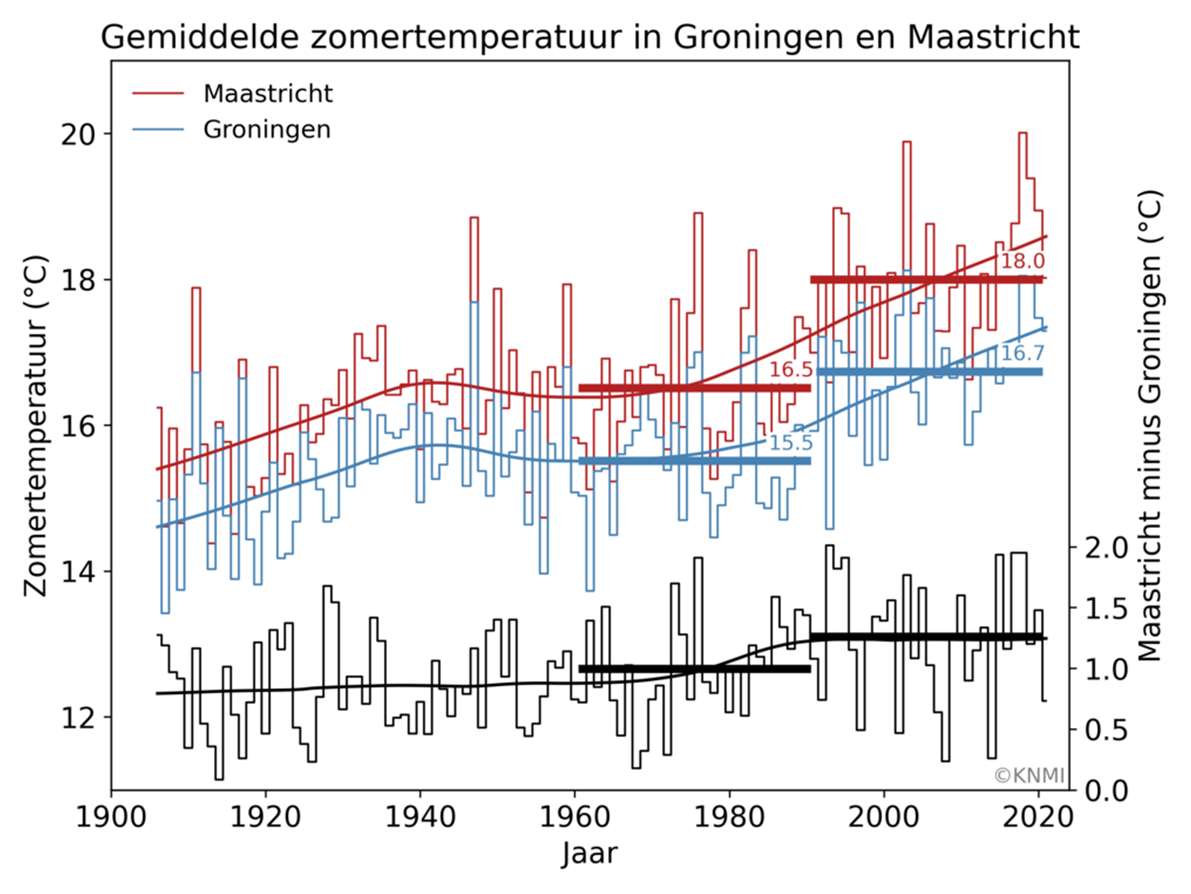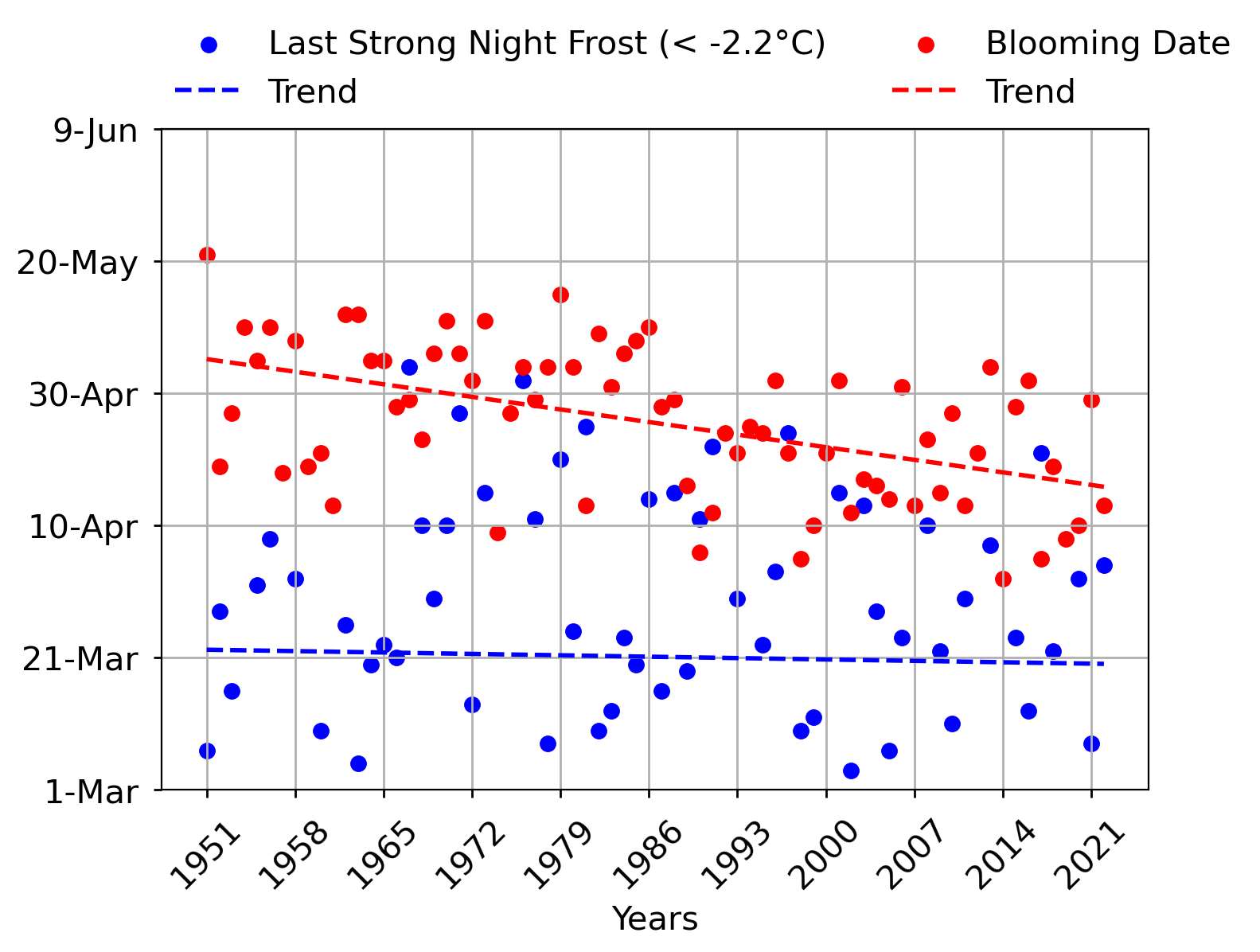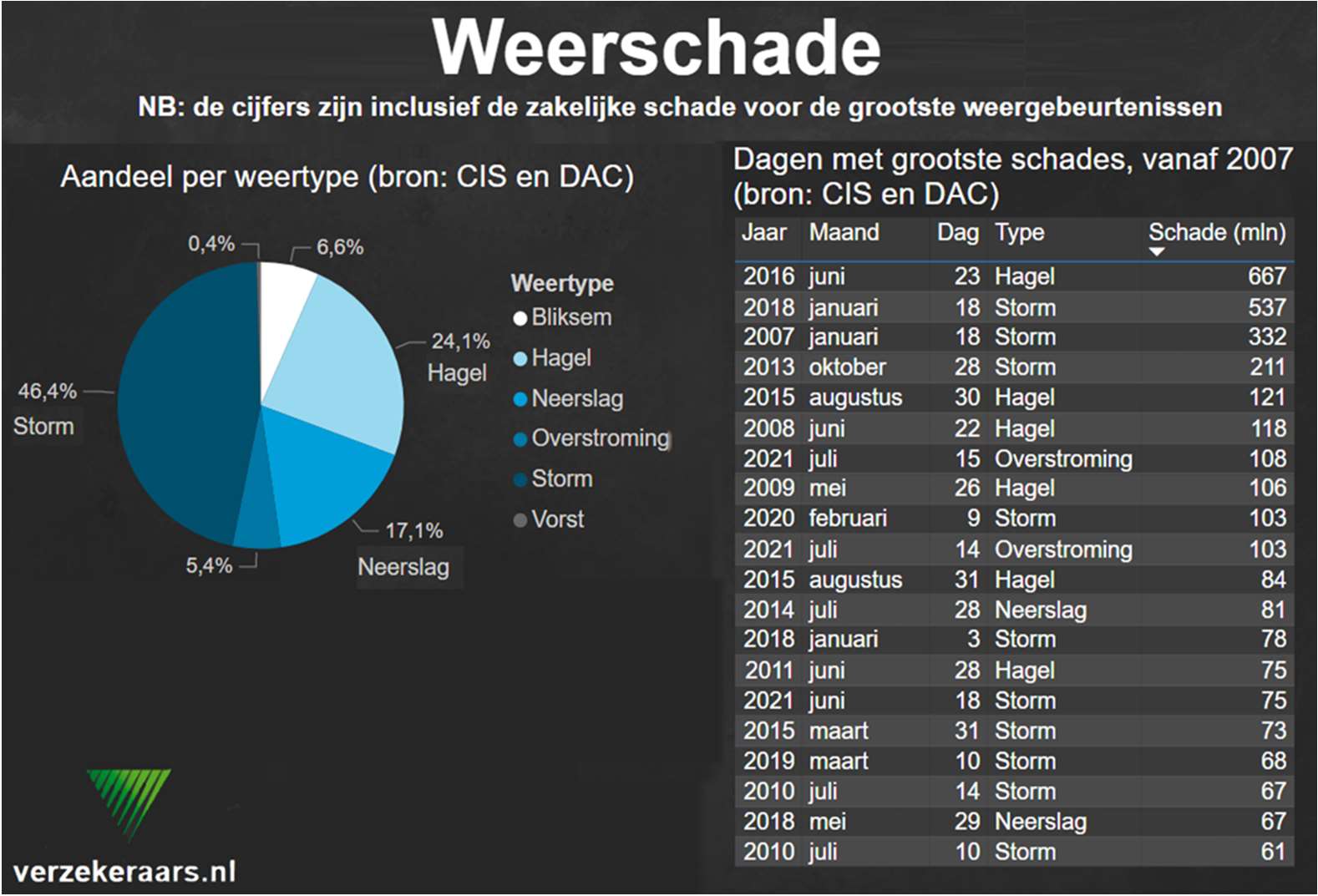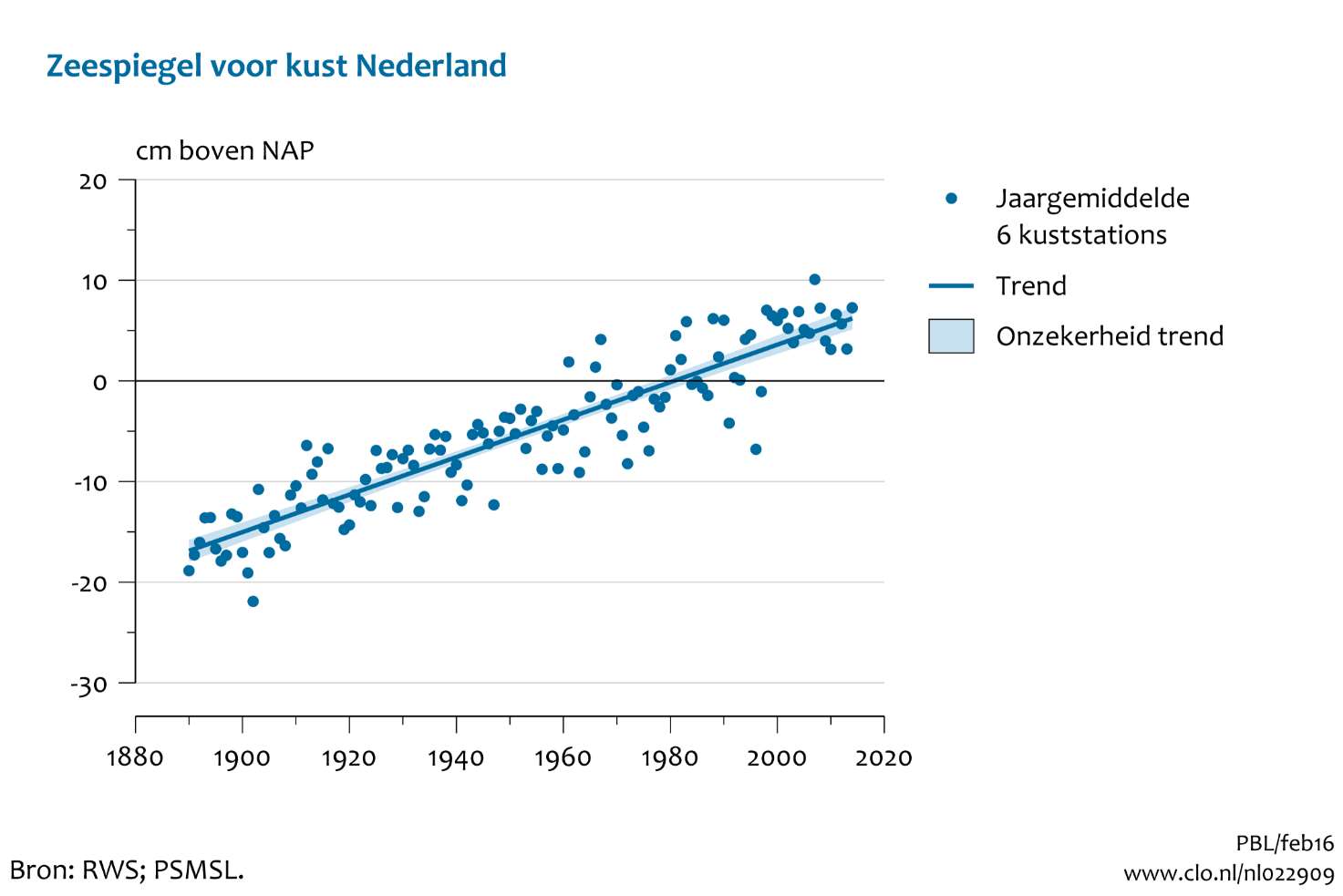What weather changes can fruit growers expect?
Data show that climate change is accelerating and KNMI expects continuation of the trends set within the climate. In short, this translates into more extreme weather becoming more frequent. This is mainly due to the global temperature increase. Accelerated climate change will affect the future of your fruit business. As an example, in 1900 the average annual temperature in the Netherlands was 8 degrees celcius, while in 2010 the average annual temperature rose to 11.5 degrees celcius. What climate scenarios does the KNMI suggest and what steps can you as a fruit grower take against them? Read it in this blog.
Temperature moves 8 km north per year
KNMI foresees increasingly hot summers in the Netherlands. This is because temperatures are shifting 8 km northwards every year. It can be said: north is becoming the new south. In the graph below, you can see the comparisons of summer temperatures in Groningen and Maastricht.
Did you know that hail nets and rain caps reduce and even prevent sunburn on fruit crops? Researchers from the Belgian experimental garden PcFruit have concluded that hail nets reduced direct irradiation on fruit crops, therefore the fruit temperature is lower and so is the risk of sunburn! Click here for more information.

The temperature shift also increases the risk of frost damage now. Indeed, crops start flowering earlier. Around 1950, the average blossom date was around 30 April. In 2021, that average blossom date was around 10 April. In 2065, the average blossom date is expected to go to the end of March. The day of last severe frost does not actually change so the risk of frost damage decreases in the future.
Did you know that under hail nets and rain caps there is less frost damage? And especially when combined with sprinkling, irrigation and frost ovens. Read more here!

Precipitation intensity increases
KNMI foresees increasing flooding in the Netherlands. Total precipitation increases in summer and winter and decreases in spring and autumn. So, compared to previous years, total precipitation has increased slightly and the number of rain hours remains almost the same. However, precipitation intensity does increase sharply, so when rain falls, there is precipitation surplus. In short: Heavier precipitation in summer and more dryness in spring.
Did you know that the provinces and government in the Netherlands often subsidise the construction of water storage systems?

Extreme storms
Below is an interesting climate damage monitor from Insurers' Association. The dashboard shows the latest extreme weather damage figures. Did you know that hail and storm damage give the most damage?

In the current trend, it is unclear whether hail is increasing. This is because there are hardly any good and long observation series. So the damage caused by hail and storms is increasing, only it is currently unclear due to poor observation series whether the frequency of hail is also increasing. KNMI does expect hail to become more frequent with larger hailstones in the future. The risk of hail damage in orchards will therefore increase. The larger the hailstones, the greater the damage.
Sea level rise
In the short term, salinisation of coastal regions can be expected. Salinisation is the gradual increase of salinity in soil and water. The availability of groundwater and surface water will thus become a bigger problem. In the long term, the KNMI predicts a rise in sea level, resulting in higher river levels and salinisation deeper inland near the major rivers.
Did you know that sensors help you as a fruit grower to water at the right time and that sensors ensure that your crops do not dry up? Lees hier meer.

Conclusion
Fruit covers, such as hail nets and rain covers, are becoming increasingly important in future fruit growing to prevent fruit damage. Sunburn, frost damage, rain protection and hail prevention are becoming increasingly important items for the future of fruit growing.
As a fruit grower, your main concern is the most important income: the harvest. There are more and more issues that distract from the harvest or even threaten it. A weather station gives you more insight into the weather conditions on your fruit farm. Water storage systems are also becoming increasingly important to store water during precipitation surpluses and to use during precipitation shortages.
Which step will you take today to be prepared for tomorrow?
Source list
Source: KNMI (Koninklijk Nederlands Meteorologisch Instituut), Ministerie van Infrastructuur en Waterstaat.
Source: MSc. Earth & Environment – Specialisatie Meteorologie & Luchtkwaliteit (WUR), Bosdijk J.J., de Feiter V.S., Gaiser A.V.V, Smink T.A.G. & Þorkelsdóttir G., 2022 – Not yet published
Source: OFH/ BFAO, G. J. van Dijk.
Source: Verbond van Verzekeraars, https://bi.verzekeraars.nl/db/klimaatschademonitor.html
|
Rick Mudde Product specialist fruit canopies My mission is to help as many fruit growers as possible get a good harvest. So that fruit damage can be prevented, no delivery problems occur, and fruit growers can harvest successfully! |



